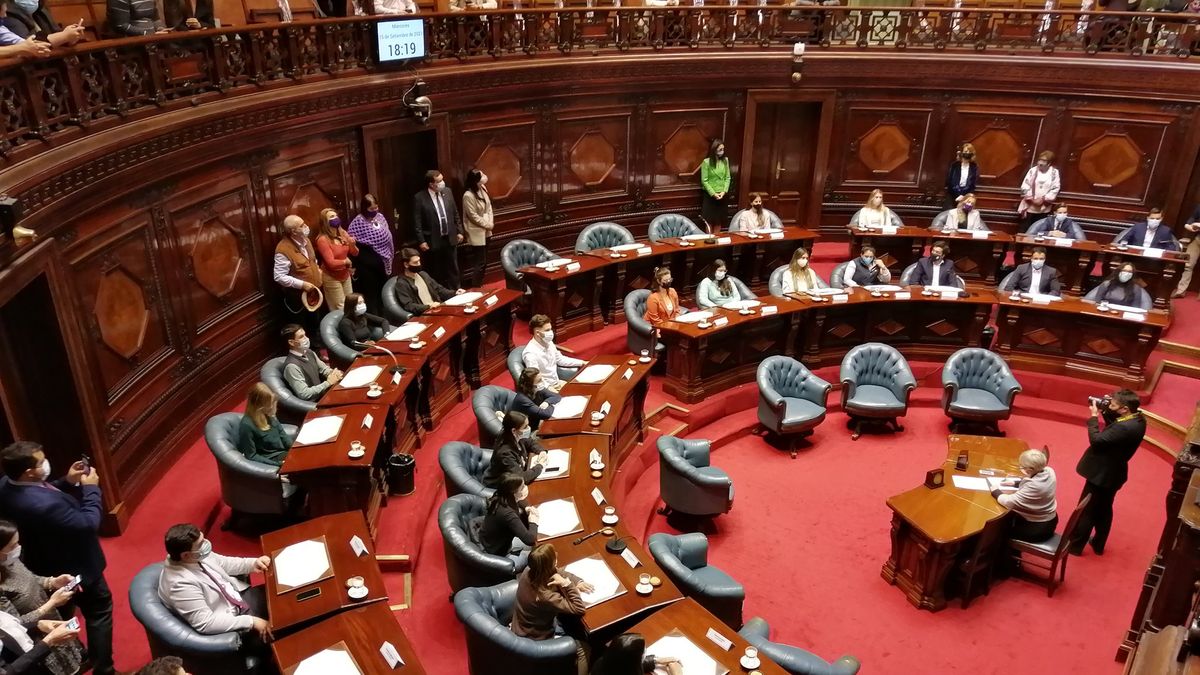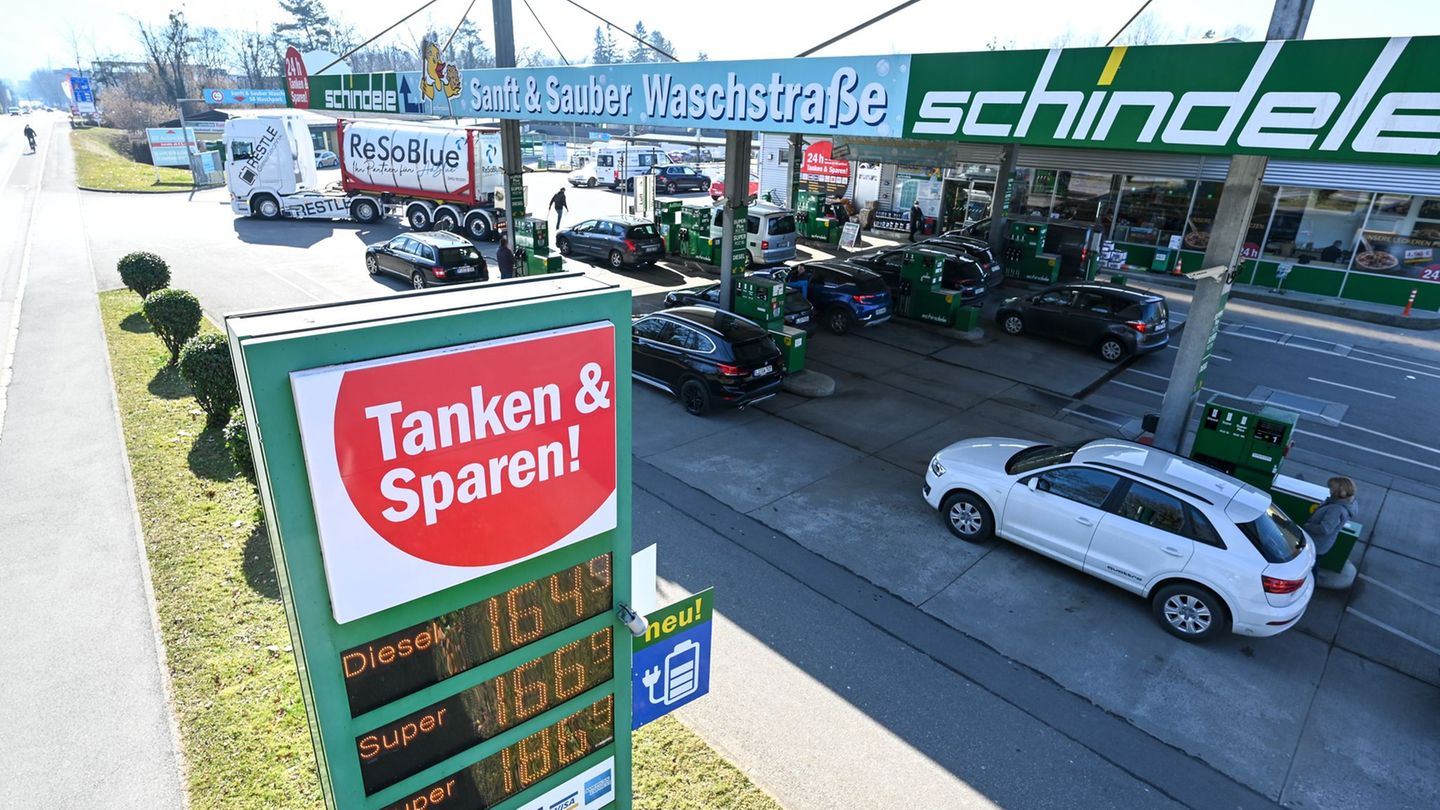In that same line, Diego Rodriguezdirector of the stock brokerage Gastón Bengochea & Cia.he indicated to Ambit that, these days, “we have a United States Treasury bond at yields of 5% and more than 5% for shorter terms”, something that, following the 50 basis point cut decided by the Central Bank of Uruguay (BCU) to lower the interest rate from 9% to 8.5%, narrows the return differential.
“What the market and investors are beginning to see is that the return differential has reduced,” said Rodríguez, a scenario that “benefits the dollar.” “We have seen some passages from pesos to dollars with some maturities of Letters (LRM), nothing extraordinary,” he added.
The exchange rate, much more dependent on the Fed than on the BCU
Regarding the exchange rateUrraburu pointed out that the Monetary Policy Rate (MPR) of the BCU “it is not the only variable that influences the exchange rate” at the local level, but rather “it is one of many” and “perhaps not one of the most important”, since, last week, the dollar rose by Uruguay and in the rest of the world as a result of the confirmation that the Fed would keep the level of rates high.
Although he valued the lowering of rates positively, the head of the BVM understands that “it is a signal that is influencing expectations, which are what the BCU wants to distort.” “One of the elements that is most emphasized in each of the meetings of the Copom (Monetary Policy Committee) is that the inflation expectationsIn the medium term they are set above 6%, and that does not match the inflation that is occurring,” he noted.
The BCU could continue with this level of rates for the rest of the year
For his part, Rodríguez described the decision to cut rates by the BCU as “correct”, since the foundations existed to carry it out with an inflation that is within the target range, although he reaffirmed that a cut of 25 points was expected. basics, as was speculated in the previous days.
“From now on, we do not foresee an interest rate cut for the remainder of the year; we believe that the BCU will feel comfortable with this level of 8.5%,” Rodríguez highlighted.
Likewise, the expert pointed out that “what should be looked at is the forward inflationthe inflation projections for the coming years, which today are at 6%”, where a rate of 8.5% implies a real return of 2.5%, something that would not be “at all contractionary”, but rather “more ground how neutral.”
United States Treasury Bonds.jpg
The dollar continues to gain muscle globally.
Photo: Reuters
New opportunities for fixed income in the medium term
The intransigent monetary policy of the Fed In its quest to quell inflation, it generated new concerns for investors around the world. In this sense, Rodríguez explained that today they see the assets of fixed rent as a “great investment opportunity”, especially “for horizons of terms of 5 to 6 years“.
“That is the part of the curve that we like the most for investment grade bond issues, especially corporate ones,” he commented. They are also targeting some sovereigns, from which they could “ensure rates of 6%, 6.25% and even 6.5% for those terms.” “Many of our clients have taken advantage of the rise in yields to enter both American sovereigns and corporate bonds,” she added.
Urraburu, meanwhile, said that at his desk they have been “entering fixed income” for quite some time, after the Fed he slipped that these would be the maximum rates, because “that meant that the prices of fixed income securities are the minimum, since it is an inverse relationship.”
Regarding possible movements in the portfolios due to the current context, he asserted: “what may have been changing in the last week are the title terms”. “Until now it was recommended, and I continue to recommend the longest titles,” he explained before explaining that based on the current geopolitical tensions and the extension of the rate cut in the United States, they are also advising fixed income “in shorter terms.”
The future of the Montevideo Stock Exchange and investments in Uruguay
Regarding the future of the BVM, Urraburu said that it “unfortunately does not have much news” for the second half of the year in terms of emissions, although some “important” ones could still appear, or a escrowsince some agents are “studying the panorama.”
“It is not easy,” admitted the president of the BVM, in reference to the context of the capital market in the country. “For there to be an issue there has to be an investment,” something that he sees as unlikely in the current national situation with a TPM so high “in relative and real terms”, since with 3.8% year-on-year inflation, the interest rate stands at 8.5%.
“Let us also not forget that we are in an election year in Uruguay“, which “contains a number of doubts and speculations that are made regarding what will happen and who will win the election,” he continued.
At the same time, he maintained that he does not expect the next government, whatever color it may be, to generate a considerable increase in the exchange rate, despite the fact that the Wide Front and some sectors of the Republican Coalition use the “exchange lag” as a problem in the electoral dispute.
Regarding this, he regretted that the political use of the issue without concrete proposals in this regard leaves possible instability scenarios in the imagination of economics agents, who are, in turn, those who are considering an investment process in the country. “If they don’t know what is going to happen to the dollar, being so critical of the exchange rate lag, they say: let’s wait a little,” he said.
“These are issues that are key to the country’s investment process, and that is directly linked to the issuance process on the Stock Market,” he concluded.
Source: Ambito




